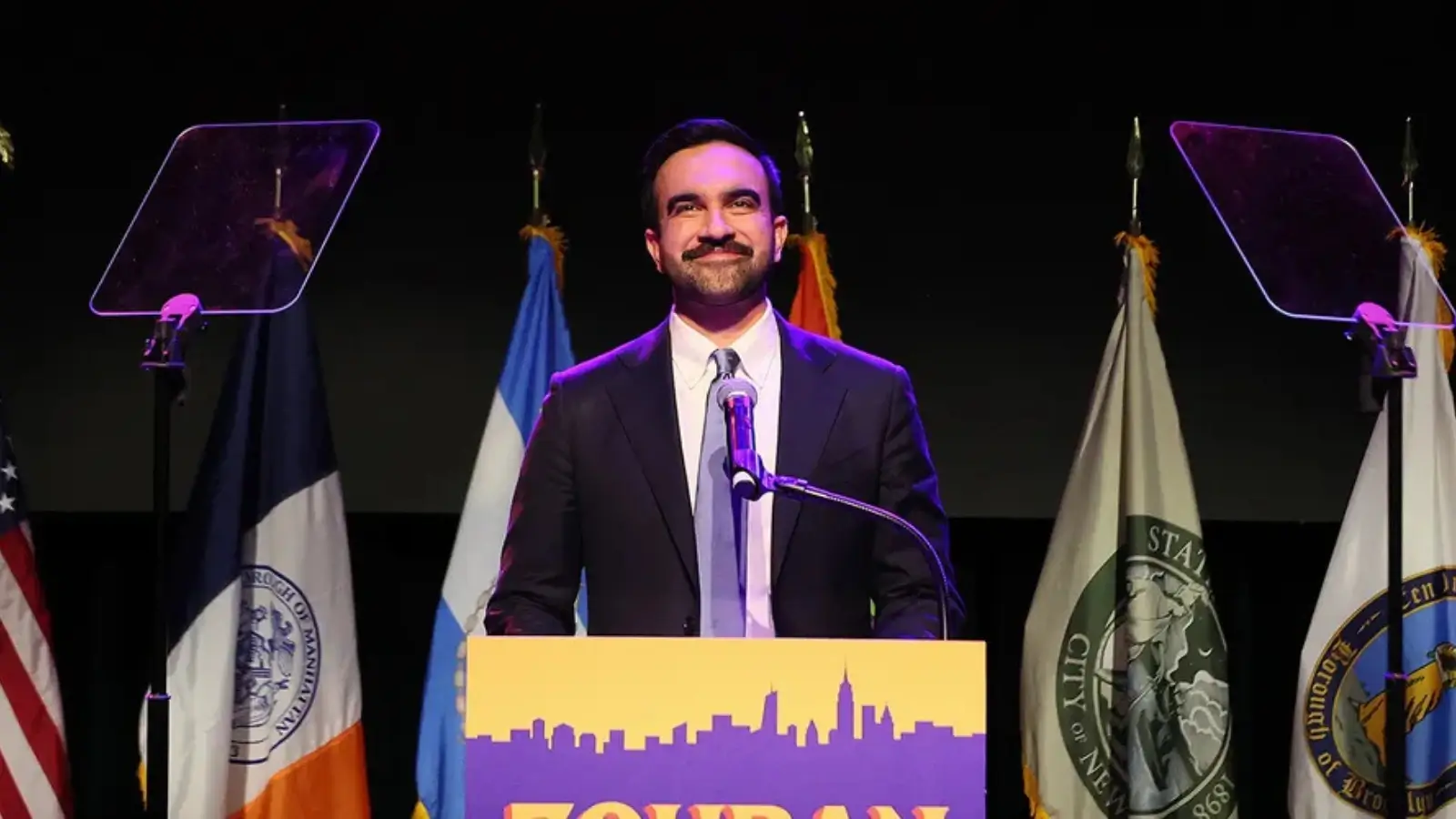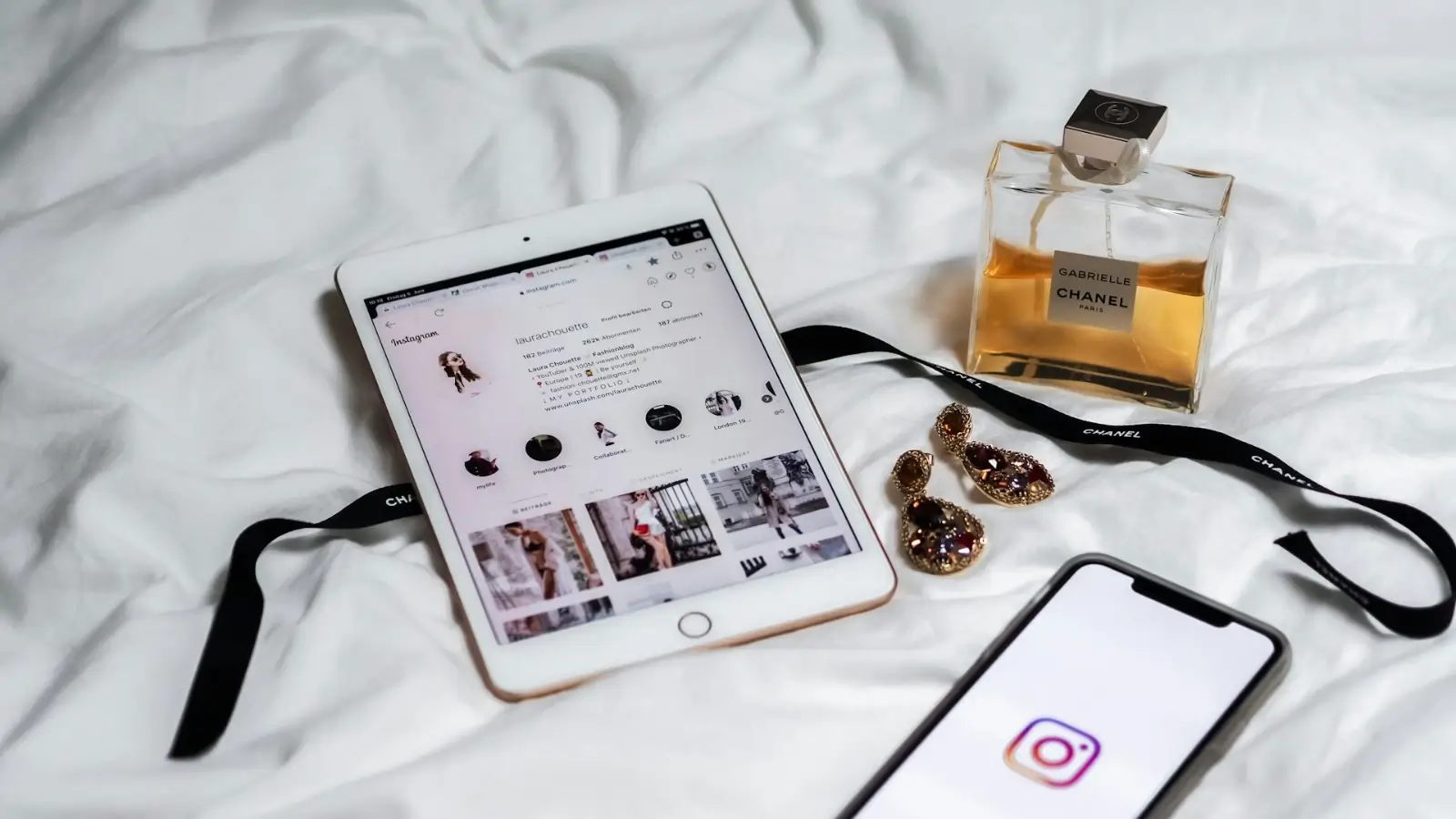


Let's be honest—figuring out how much to spend on Instagram influencer marketing can feel like shooting in the dark. You've seen brands crushing it with influencer campaigns, and you want in. But how much should you actually budget? Too little and you won't see results. Too much and you're wasting money that could go elsewhere.
Here's the thing: creating a realistic budget isn't about guessing. It's about understanding what drives costs, knowing your goals, and planning strategically. Let's break it down.
If you've ever looked at influencer rates, you've probably thought, "Why is there such a huge difference?" Good question.
Follower count is the obvious factor. Someone with 10,000 followers charges differently than someone with 500,000. But here's what most people miss—engagement rate matters way more than follower count. An influencer with 50,000 highly engaged followers can deliver better results than someone with 200,000 disengaged ones.
Content type also plays a huge role. A single Instagram post costs less than a Reel or IGTV video. Why? Because videos take more time, creativity, and production effort. Stories are usually the most affordable option, but they disappear after 24 hours.
Industry niche matters too. Beauty and fashion influencers typically charge premium rates because the market is saturated and competitive. Tech reviewers might charge differently than food bloggers. It all depends on demand and audience value.
Here's where things get tricky. The price an influencer quotes isn't always the full story.
Content rights are a biggie. Does your payment include the right to repost their content on your own channels? Can you use it in ads? Many influencers charge extra for usage rights, and honestly, they should.
Then there's exclusivity. If you want an influencer to avoid working with your competitors for a certain period, expect to pay more. It's like a non-compete clause, and it comes with a price tag.
Don't forget about product gifting. Some brands think sending free products is enough. Sometimes it works for micro-influencers, but established creators expect payment on top of any gifted items.
Long-term partnerships can actually save you money. If you're planning multiple campaigns, negotiating a package deal upfront often gets you better rates than one-off posts.
Stop obsessing over follower counts. Seriously.
What matters is whether an influencer's audience matches your target customer. If you're selling eco-friendly skincare, an influencer with 20,000 environmentally conscious followers beats one with 100,000 random followers every time.
Look at their engagement rate. Are people actually commenting, saving, and sharing their posts? Or are they just scrolling past? Authentic engagement is where the magic happens.
Check their past campaign performance if possible. Some influencers are transparent about results they've driven for other brands. That's gold.
And watch out for fake followers. Unfortunately, some influencers inflate their numbers with bots. Tools exist to detect this, and you should use them before committing budget.
What are you actually getting for your money?
A single post is your baseline. Stories cost less but have shorter lifespans. Reels are hot right now and typically command higher rates because they get pushed by Instagram's algorithm.
Multi-post campaigns obviously cost more, but they also build more awareness. Repetition matters in marketing.
Video content comes with premium pricing. The production value is higher, editing takes time, and videos tend to perform better for engagement.
Usage rights deserve their own line item. If you want to repurpose content for six months versus indefinitely, that changes the price.
Different industries have different pricing norms, and understanding these helps you budget realistically.
Beauty and fashion influencers often charge premium rates. The market is mature, competition is fierce, and audiences expect polished content.
Tech and SaaS influencer marketing tends to focus on demonstrating value and education. Rates vary widely based on technical expertise and audience quality.
Food and lifestyle content usually falls in the mid-range. These niches are popular but less saturated than beauty.
B2B influencer marketing is a different beast entirely. You're often dealing with industry experts and thought leaders who charge based on their professional credibility, not just social following.
Understanding these industry-specific factors is crucial for accurate budget forecasting. To simplify this process and get preliminary estimates based on multiple variables, many marketers use resources like the Gleemo Instagram influencer pricing calculator to establish baseline expectations before entering negotiations.
So how much should you actually allocate?
Most brands dedicate between 10-30% of their total marketing budget to influencer marketing, depending on their strategy. If you're just starting, begin with a testing budget—maybe 10-15%—and scale based on what works.
Set aside reserve funds too. Sometimes you'll discover an influencer who's perfect for your brand mid-campaign. Having flexibility to jump on opportunities is smart.
Performance-based scaling is key. If your first campaign crushes it, reinvest those returns into bigger campaigns. If it flops, you haven't bet the farm.
Don't put all your eggs in one basket.
Micro-influencers (usually 10,000-50,000 followers) offer incredible bang for your buck. Their audiences trust them, their rates are affordable, and they're often eager to build long-term partnerships.
Mid-tier influencers (50,000-500,000 followers) give you broader reach while maintaining decent engagement. They're the sweet spot for many brands.
Macro-influencers (500,000+ followers) deliver massive awareness but come with premium prices. Use them strategically for big launches or brand awareness pushes.
The smartest approach? Mix all three tiers. Use micro-influencers for authentic endorsements, mid-tier for steady reach, and macro for occasional big splashes.
What are you actually trying to achieve?
Brand awareness campaigns need reach and impressions. You're paying for eyeballs, not immediate conversions. Budget accordingly—focus on volume and frequency.
Conversion-focused campaigns require different metrics. You care about click-throughs, sign-ups, and sales. These often work better with mid-tier influencers who have engaged audiences.
Set engagement rate expectations based on industry benchmarks. Don't expect 10% engagement if the norm is 3%. Be realistic.
ROI expectations should match your campaign type. Awareness campaigns pay off long-term. Conversion campaigns should show results faster. Plan your budget timeline accordingly.
Influencers create the content, but you might need additional production support.
Quality photography sometimes requires your own photographer on set. Video productions might need editing support. Graphic design for promotional materials adds up.
Budget for these extras, especially if you're planning something ambitious.
You need to measure what you're spending money on.
Analytics tools aren't free. Tracking links require setup. Campaign monitoring takes time and sometimes software subscriptions.
Build these costs into your budget from day one. You can't improve what you don't measure.
Influencer rates aren't always fixed.
Leave room for negotiation flexibility. Sometimes paying a bit more gets you better deliverables or extended rights.
Consider payment terms. Some influencers want 50% upfront, others prefer payment upon completion.
Performance bonuses can be smart. Offer extra payment if the campaign hits specific metrics. This aligns incentives.
Partnership extensions happen when campaigns work. Having budget flexibility to continue successful collaborations is valuable.
Start small, learn fast, scale smart.
Test different influencer tiers with modest budgets first. See what actually drives results for your specific brand and product.
A/B test content formats. Do Reels outperform posts for your audience? Find out without blowing your budget.
Experiment with audience segments. Different influencer niches might surprise you with their effectiveness.
One-off campaigns have their place, but ongoing relationships deliver better value.
Long-term collaborations usually come with discounted rates. Influencers appreciate consistent income and often offer better terms.
Brand ambassador programs create authentic advocates. Budget for these as retention marketing, not just acquisition.
Loyalty incentives matter. Offer bonuses for continued partnership or performance milestones.
Exclusive partnerships prevent influencers from working with competitors. This costs more but delivers strategic advantage.
Track what matters to your business.
Cost per engagement shows efficiency. How much are you paying for each like, comment, or share?
Customer acquisition cost is crucial. If an influencer drives sales, calculate what each new customer cost you.
Lifetime value considerations matter too. A customer acquired through influencer marketing might be worth more long-term than other channels.
Creating a realistic Instagram influencer marketing budget isn't rocket science, but it requires thoughtfulness. Understand what drives costs, know your goals, diversify your investments, and avoid common mistakes. Start with a testing budget, measure everything, and scale what works.
The brands winning at influencer marketing aren't necessarily spending the most—they're spending the smartest. With proper planning and realistic expectations, your budget can deliver incredible results without breaking the bank.
Most brands allocate 10-30% of their total marketing budget to influencer campaigns. If you're just starting, begin with 10-15% for testing. Scale up as you prove ROI and understand what works for your brand.
It depends on multiple factors including follower count, engagement rate, content type, and industry. Micro-influencers might charge a few hundred dollars per post, while macro-influencers can command thousands. Research industry benchmarks and use estimation tools to get baseline figures.
Multiple micro-influencers often deliver better ROI than one macro-influencer at the same total cost. They offer authentic engagement, niche audiences, and diversified risk. However, large influencers provide massive reach for brand awareness campaigns. The best strategy usually combines both approaches.
Be transparent about your budget, offer fair compensation, and focus on building relationships. Consider offering bonuses for performance, longer-term partnerships for discounts, or additional perks beyond payment. Professional influencers expect negotiation—just approach it respectfully and come prepared with data.